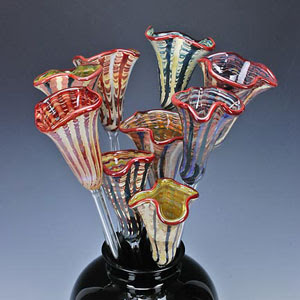In 1923 A.H. Behrenberg and W. Frank Hull were making signs for the Pittsburgh Brewing Co. W. Frank Hull also had a hand painted art and design company. In 1923 the incorporated, the company name was Hull Sign & Mfg. Co. Later that year they started making gasoline signs for the gasoline pumps. By 1925 my grandfather H.J. Behrenberg was working full time at Hull Sign & Mfg. Co. In 1926 the Behrenberg family owned Hull Sign & Mfg. Co.
By 1926 they were producing bent glass faces with multi-colors on them. H.J. Behrenberg and his brother W.C. Behrenberg were decorating and bending glass for gasoline advertising faces. In 1948 H.J. Behrenberg became the sole owner.
Hull Sign & Mfg. Co. moved to Delmont, PA in 1963. The name was changed to Behrenberg Glass Co. in 1968. H.J. Behrenberg had two sons in the glass bending business, John P. Behrenberg and James L. Behrenberg.
John P. Behrenberg Sr. was president of Behrenberg Glass Co. from 1970 until his retirement in 1998. During this time Behrenberg Glass Co. started manufacturing glass giftware for serving trays, restaurants, hotels, decoupage, hand painters, lighting and exit glass.
